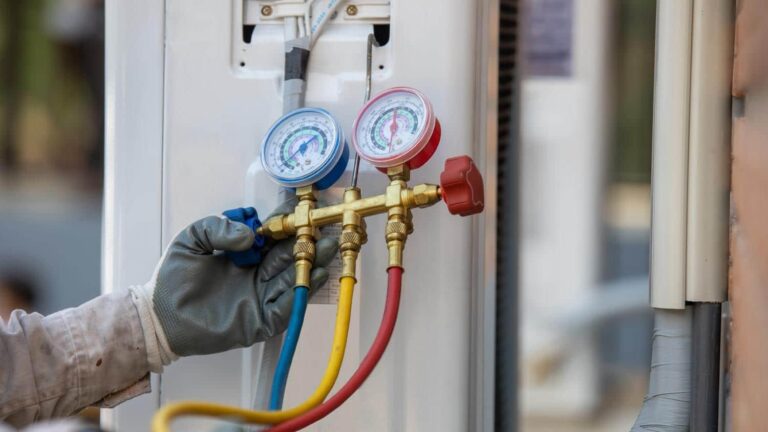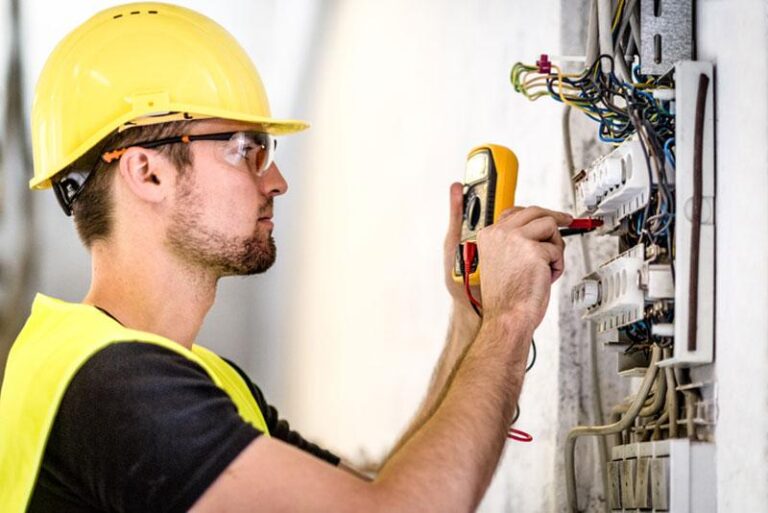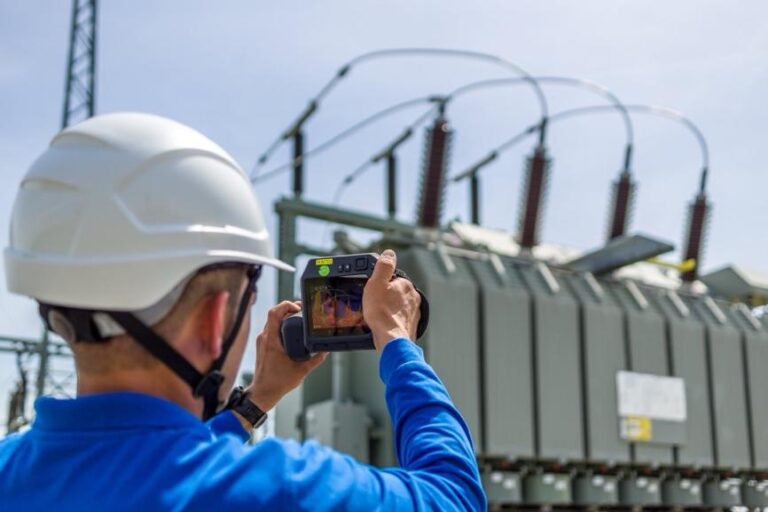Three-phase power systems are widely used in commercial, industrial, and large residential settings due to their efficiency in delivering electrical energy. Unlike single-phase power, which is typically used in smaller applications, three-phase systems offer more consistent and reliable power flow, making them ideal for high-demand environments. The key advantage of a three-phase system is its ability to supply a continuous flow of electricity, reducing peaks and dips in voltage.
In Australia, three-phase power is essential for powering heavy-duty machinery, air conditioning systems, and other high-energy devices. The installation of such a system, however, requires a deeper understanding of electrical wiring, safety protocols, and local regulations to ensure safe and efficient operation.
Pre-Installation Requirements
Before installing a three-phase power system, it is crucial to assess the specific power needs of the property. This involves determining the total load that the system will support. An electrician or a professional engineer should perform a load calculation to ensure the system can handle peak loads without tripping breakers or causing power outages. It’s important to also consider the types of equipment that will be connected to the system, as some machinery may require more power than others.
In Australia, installations are governed by strict electrical codes, including AS/NZS 3000, which outlines the standards for wiring and installation. Ensuring compliance with these standards is vital for both the safety and legal operation of the three-phase system. It is also essential to contact your electricity provider, as they may need to upgrade the connection to the grid before installation.
Components of a Three-Phase Power System
A typical three-phase power system includes several key components: the main distribution board, circuit breakers, wiring, and the electrical load itself. The distribution board is where power enters the system from the grid and is distributed to various circuits throughout the building. Circuit breakers are installed to protect each circuit from overload or short circuits. Three-phase systems require heavier wiring than single-phase systems, as they carry more current.
The wiring used in a three-phase system is divided into three live conductors, one neutral wire, and sometimes a ground wire. Each of the live conductors carries alternating current (AC) at different phases, ensuring a consistent power supply. The neutral wire completes the circuit back to the power source. Proper sizing of these components is critical to prevent overheating, voltage drops, and other issues that can affect system performance.
Installation Process
The installation of a three-phase power system should always be carried out by a qualified electrician. The process begins with the installation of the distribution board, which connects to the grid. Once the distribution board is installed, the wiring for each phase is routed to the necessary circuits and appliances.
Each phase of the system must be balanced to ensure even distribution of power. Unbalanced loads can lead to inefficiency, overheating, and damage to the system. The electrician will test the system to ensure it is functioning correctly, and that each circuit is properly protected by circuit breakers.
In addition to installing the hardware, electricians must also ensure that the system is correctly earthed to prevent electrical shocks and fires. Earthing provides a safe path for electrical current to dissipate in the event of a fault.

















